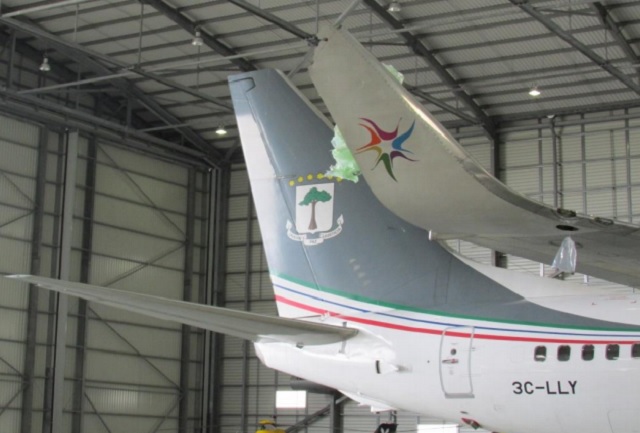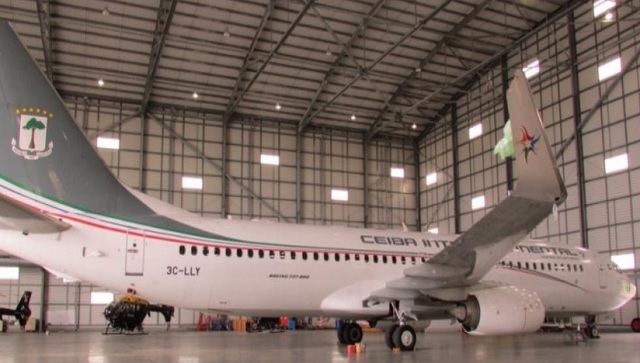Investigators determined that a Ceiba Intercontinental Boeing 737-800 collided with a British Aerospace 125 after the executive jet failed to remain at its assigned cruise level.
While the Senegalair BAe 125 was subsequently lost at sea, there is evidence of an altimetry problem with the aircraft's instruments – although the inability to retrieve the wreckage or the flight recorders means the precise details remain unclear.
Seven occupants had been on board the BAe125 which had been operating a medical evacuation flight from Ouagadougou to Dakar on 5 September 2015.
It was proceeding westbound along airway UA601 – which connects Bamako to Dakar – while the Ceiba 737, out of Dakar, was heading east along the same airway, bound for Cotonou in Benin.
Although the BAe 125's crew had confirmed an instruction to maintain 34,000ft, the aircraft struck the 737 at 35,000ft, shearing off the upper 1m of the 737's starboard winglet.

The collision occurred in Senegalese airspace between the waypoints GATIL and DEMOL.
Senegalese investigation authority BEA states that the BAe 125's flight recorders could have assisted with determining the reason for the altitude conflict.
"Unfortunately, they disappeared with the aircraft," it says.
Despite the impact the BAe 125 continued flying at 35,000ft towards its destination, Dakar, but did not descend. It overflew the Dakar VOR and headed out over the Atlantic Ocean, maintaining its altitude until it was 48nm from the VOR, at which point it began to lose height.
The aircraft passed through 33,000ft, turning right and then left, before rapidly descending to 12,600ft in "seconds", says the inquiry, and vanishing from radar contact some 59nm from the VOR and, extraordinarily, 55min after the collision.
BEA says the BAe 125 crew remained unresponsive after the collision, despite efforts to relay messages through other aircraft in the vicinity, including Air Burkina, ASKY and Transair flights.
The inquiry suggests that the impact could have caused depressurisation of the executive jet, leaving the crew "inert", but says this could only have been verified by the flight recorders. Investigators could not recover the wreckage of the jet from the sea.
BEA adds that the recorders might have confirmed the suspicion that an altimetry problem with the aircraft had contributed to the accident.
The aircraft had been cleared to various altitudes because it was transporting a sick passenger and the crew had been attempting to avoid turbulence. It was eventually authorised to maintain 34,000ft about 40min before the accident.
BEA states that the collision occurred in a region of airspace not covered by radar. But when the BAe 125 re-emerged in the Dakar radar coverage area its transponder showed it was cruising at 35,000ft. It was also transmitting an incorrect squawk code, showing '5004' rather than the '5040' assigned.
Some 10min before the collision the 737's crew had been instructed to maintain 35,000ft while passing the GATIL waypoint.
BEA says an analysis of the 737's flight-data recorder showed that the aircraft experienced a brief turn correction by the autopilot and oscillated in all three axes, movements which the inquiry suggests corresponded to the moment of impact.
Instead of heading for Cotonou the 737 crew opted instead to divert to Malabo, its operating base, flying for 3h 28min with the damaged winglet.

Source: Cirium Dashboard



















